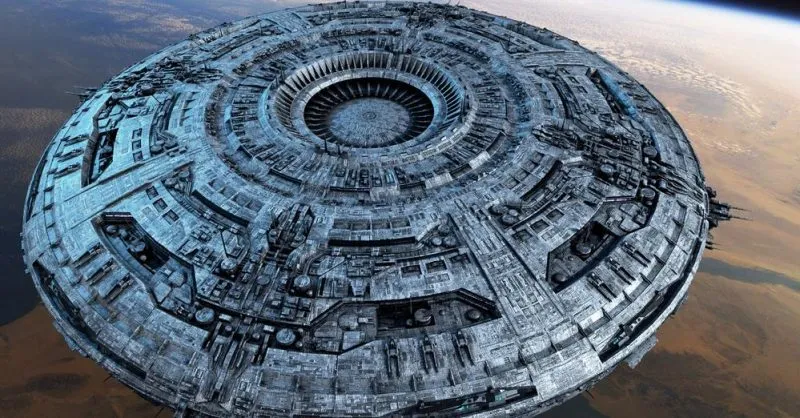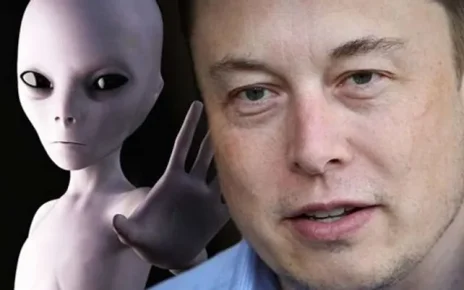
A team of scientists from the University of California, in the United States, believes that aliens could make contact with Earth in 2029.

In 2002, NASA sent radio signals to the Pioneer 12 probe in a routine protocol to send data and ensure that communication was established.
This signal also reached a star about 27 light-years away from our planet, as transmissions spread when they come into contact with an object. UC researchers hope this signal was intercepted by aliens and returned to Earth.
“This is a famous idea of Carl Sagan, who used it as a plot point in the movie Contact,” Howard Isaacson, an astronomer and co-author at the University of California, Berkeley, told Popular Science Homepage (PopSci).
The 1997 film Contact, based on the story by Carl Sagan, tells the story of a SETI scientist who finds evidence of aliens on a distant planet 26 light years from Earth and chooses to make first contact by sending radio wave signals.
In this case, the study used signals sent from Earth to Voyager 1, Voyager 2, Pioneer 10, Pioneer 11 and New Horizons, mapping where the signals may have bounced off as they were sent out into the universe.
These spacecraft communicated with the Deep Station Network (DSN) radio antennas to download science data and telemetry data, according to the study published in the Astronomical Society’s journal Publications.
The Deep Station Network is NASA’s international array of giant radio antennas that support interplanetary spacecraft missions, as well as some that orbit Earth.
The team determined that transmissions to Voyager 2, Pioneer 10 and Pioneer 11 have already found at least one star.
Pioneer 10’s transmissions encountered a white dwarf star in 2002. Pioneer 10’s transmissions will encounter 222 stars in 2313. “The earliest we can expect a returned transmission is 2029,” the team shared in the study.

Signals from Voyager 1 and New Horizons will encounter their first stars in the near future. The team calculated that nearby stars would be reached by the transmissions based on the rate at which the speed of light covers one parsec every 3.26 years.
This allowed them to determine the time in years for transmissions to reach each star, since transmissions to Voyager 1 have not yet arrived.
The signals are predicted to reach one in 2044, and all of their transmissions will reach 277 stars by 2341.
“The earliest we can expect to receive a return transmission from potential intelligent extraterrestrial life found by Voyager 1 transmissions is 2109,” the study says.
Voyager 2’s transmissions found two objects, which were hit in 2007. By 2336, all 272 nearby stars will have been hit, and experts expect the aliens to return their call in 2033.
The signals set in Pioneer hit a dwarf star in 2018, but scientists said all 386 stars will receive a signal by 2317. And they are looking for a return transmission in 2058.
The New Horizons transmissions have yet to find a star, but will contact one in 2119 and will find 139 stars in 2338.
“The earliest we can expect to receive a return transmission is 2232,” the study reveals. “Transmissions to New Horizons will not encounter a star for up to 75 years after transmissions from any other spacecraft.”
“This difference is mainly due to New Horizons having a later launch date and spending less time inside the heliosphere.”
This work gives researchers in the Search for Extraterrestrial Intelligence a narrower group of stars to focus on, said lead author Reilly Derrick, an engineering student at the University of California, Los Angeles.



